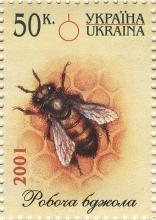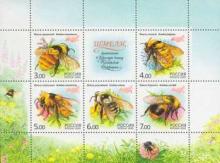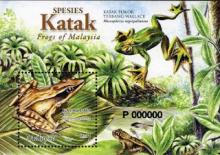
Studies have shown that pesticide exposure can increase the risk of neuro-behavioral disorders such as autism, ADHD, hearing loss, and intellectual impairment. Over the past 30 years, autism rates have dramatically increased by 78 percent and ADHD rates are up three percent every year which have coincided with the rise in the use of pesticides in food. "Fetuses and children are most vulnerable to pesticide exposure due to their less-developed immune system," Professor Zwiauer, the head of the Department of Pediatrics at the Central Clinic in St. Polten, Austria warned. "They have a far greater chance of exposure and absorption in relation to body mass. Pesticide exposure at such an early age can interfere with their development and may even cause lifelong damage," he said. This includes developmental delays, behavioral disorders, and even possible motor dysfunction. In addition, Dr. Zwiauer also shared that pregnant women should also be careful because, along with their unborn child, they are very vulnerable to pesticide exposure. Pesticides can be transferred from mother to child in the womb. Some exposures can cause delayed effects on the nervous system as the baby's brain architecture establishes in the womb. In fact, there are several possible complications and health problems in children that can arise from exposure to pesticides, including childhood obesity and even cancer. Dr. Zwiauer explained that the best way to reduce the risk of pesticide exposure in infants and young children is to make sure they eat organic food.










